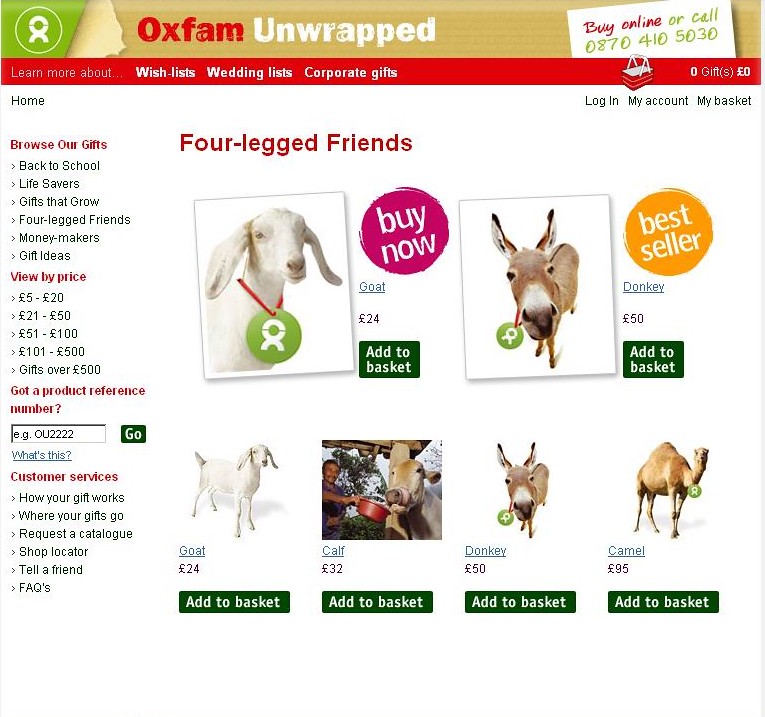Published on: February 17, 2023 | Last updated on: October 11, 2024 |
Whether you’re Pepsi pleading your case over a Harrier jet or an excited supermarket looking to push Christmas goods, there’s no getting around the fact that catalogues come in handy.
But what if you operate as an ecommerce brand on the digital shelf?
To companies trading online, catalogue management is an important part of business success. In fact, it may be even more crucial than if you own a brick and mortar store!
Effective catalogue management allows you to expand your product line, engage proactively with customers and organise inventory in a much more efficient way.
In this article, we look at catalogue management for ecommerce brands, and explain how to better manage online product catalogues so you can sway shoppers from your competition.

Catalogue management is all about keeping your product database structured, informative and up to date across the digital shelf.
If a customer can find what they are looking for easily and buy it quickly, the less room they have for checkout abandonment – meaning more sales for you!
Of course, one of the biggest challenges of online catalogue management is organising multiple sales channels at the same time. It’s your job to ensure that everything stays current, so shoppers know exactly what to expect from you – whether they’re browsing social media or viewing your products through a partner retailer.
When creating a product page online, some of the details you can include to make it more appealing for customers are:
Of course, this all depends on what products you actually sell. The above list may work for an apparel company, for instance, but if you retail vacuum cleaners, you may wish to brainstorm what makes those items unique – and then make that part of your product messaging!
Catalogue management will involve evaluating and streamlining your entire business operations, and the following tips can help you achieve this goal much easier:
Imagine you sell toiletries online. It’s no good if your catalogue is directing customers who want to buy shampoo to shower gels you have on offer; they’ll more than likely just leave the site!
That’s where user experience (UX) comes into play. Strengthen your UX so that it takes customers exactly where they need to be based on their buying choices. This way, they’ll be more likely to actually purchase your product.
An increasing number of shoppers want to know there is a human presence behind the brands they buy from. So, make it happen when managing your catalogue!
Appoint someone to encourage – and then respond to – your customers’ feedback and reviews. They’ll feel listened to and may even help boost your brand visibility in a positive way.
Perhaps add a chatbot feature, too, so shoppers know that if things get complicated, there’s always some level of assistance available nearby to support them.
All your staff should be working together to ensure the information in your brand’s product catalogue is 100% correct. Make sure everyone gets up to speed fast if there are any changes, so they can implement them without disrupting customers (otherwise, brand compliance could be harmed!).
By using digital shelf analytics (DSA), you stand a much better chance of organising your ecommerce catalogue efficiently.
The right DSA platform will take your catalogue management to the next level, supporting not only the products you’re selling but providing data to help you streamline how they get sold in the first place!
For example, Magpie DBX has a price tracker that provides pricing information around the clock, so if there is a market shift, you can get ahead of it and potentially outrun your competitors.
This may seem counterintuitive to good catalogue management, but just think about it. Having multiple online catalogues for your various sales channels not only helps you win the digital shelf, but prompts your wider team to keep as much information up to date as possible, thereby ensuring customer satisfaction.
Just make sure different staff cover different channels, so everyone knows where they should be monitoring and making changes.
Ecommerce sales are continually growing, and people nowadays shop online for all sorts of things – whether they want home furnishings or novelty posters.
Effective catalogue management means you’ll become the brand they look to for up-to-date, quality information.
The key is to make the buying experience comfortable for your customers. Will they be satisfied with making a purchase on your site, based on the product details you’ve provided?
If not, then your catalogue management strategy will need a serious rethink!
Handling your catalogues’ inventory the right way is key to building a successful management plan. The good news is we have just the software for the job!
Magpie DBX comes more than ready for catalogue management; its Stock and Delivery monitor pays attention to all aspects of your products, from quantity to location to availability. This means you’ll be able to reach the right customers at the right time, and also never leave anyone wanting goods you simply can’t ship.
You’ll also get data on which products are performing best overall, so you know where to focus your general marketing efforts.
Ready to see how Magpie DBX can help you better manage your online catalogues? Get in touch with us to request a free demo!
More insights from Magpie marketing can be found if you follow our social media, so don’t miss out!
Want to learn more about how Magpie DBX can help your business? Get in touch with us and let us show you!




